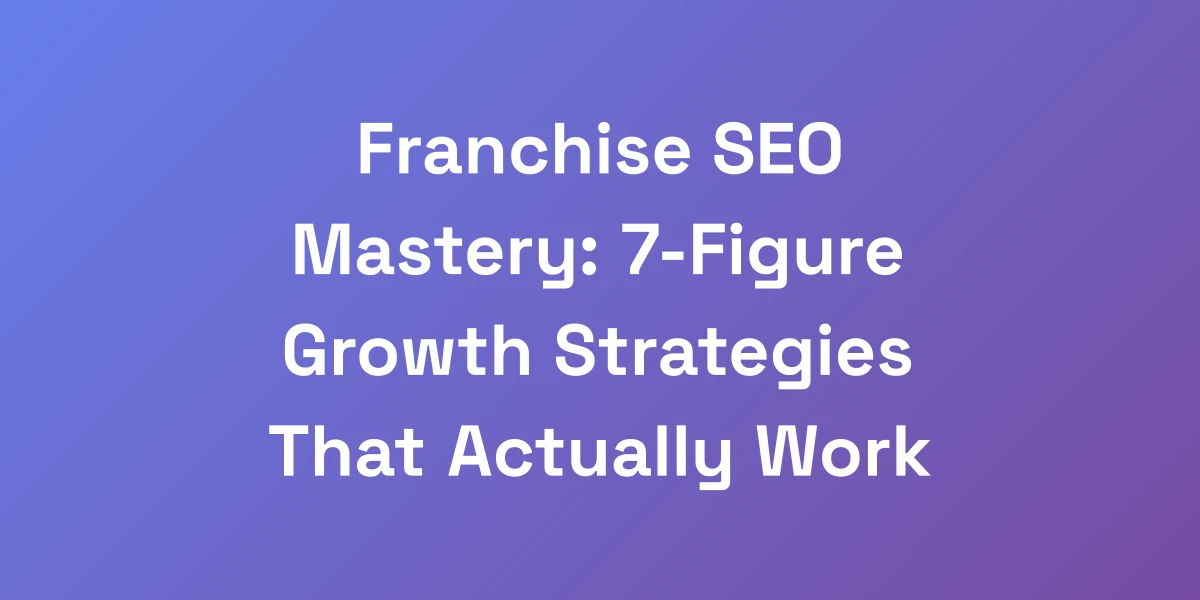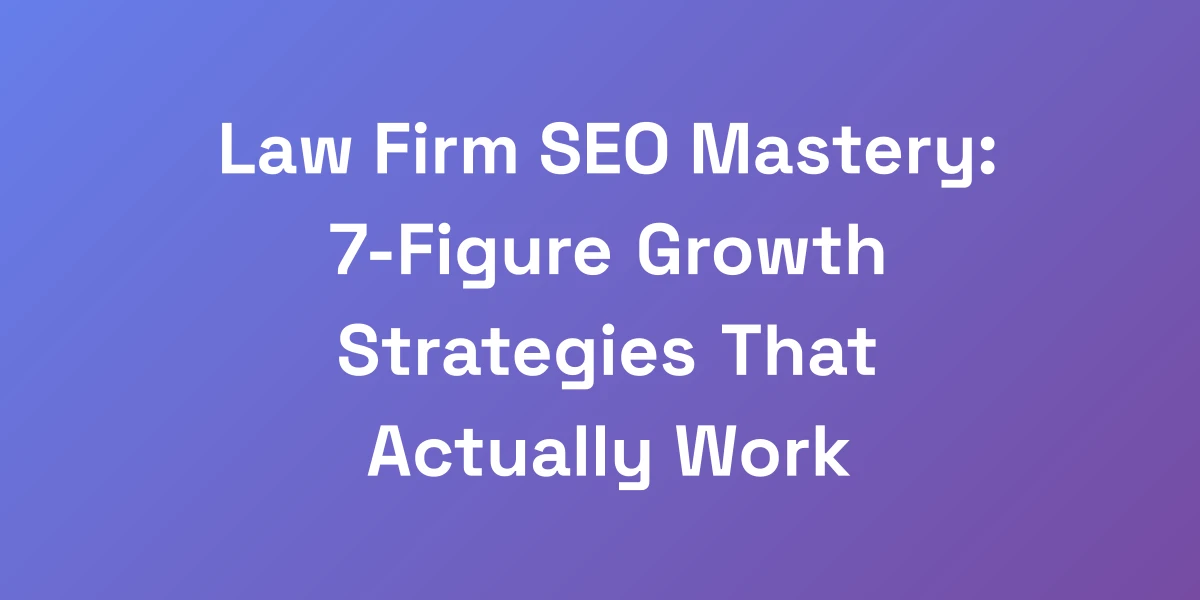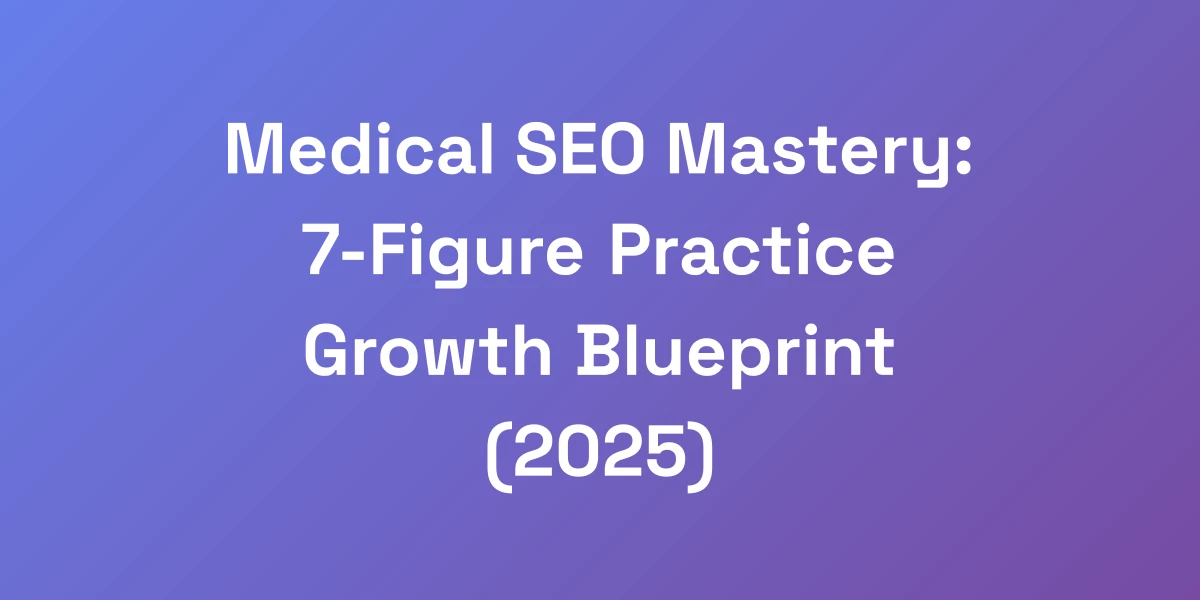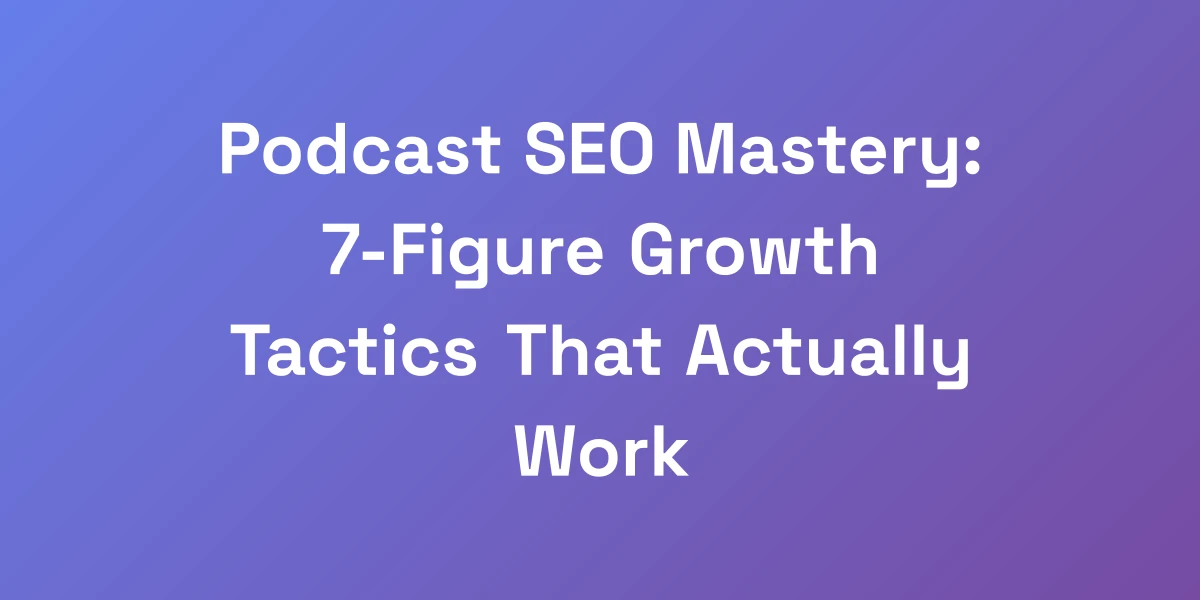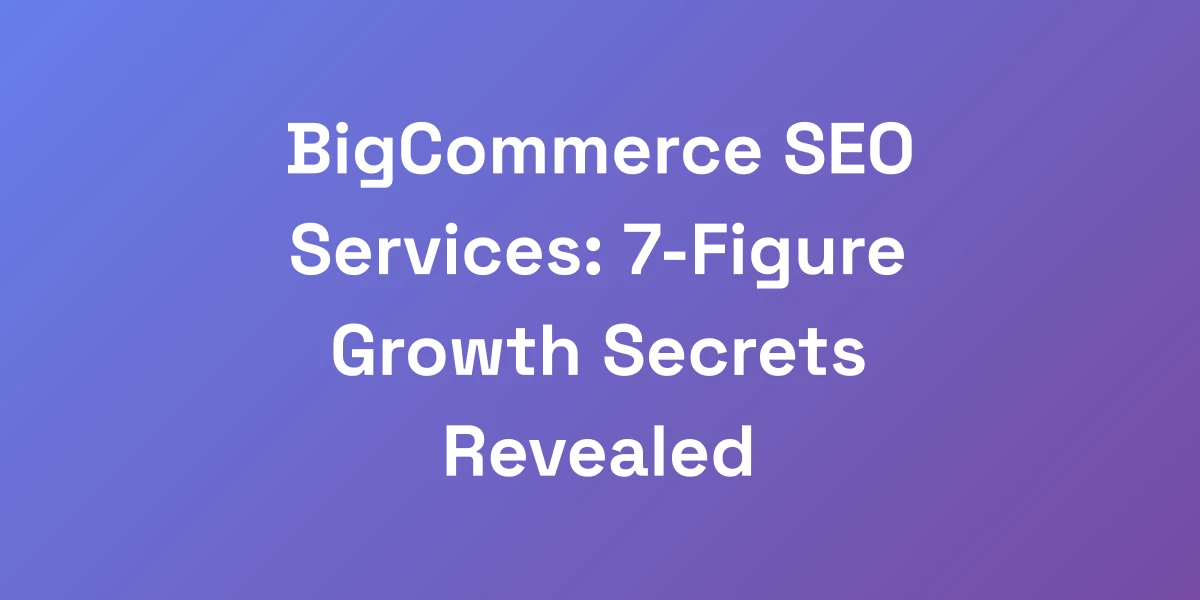
Inbound SEO Mastery: 7-Figure Growth Using AI-Powered Strategies
Mar 28, 2025 | By [email protected]
The $100M Secret: Why Inbound SEO Is Your Ultimate Growth Lever
Let me cut through the BS right now – if you’re not leveraging inbound SEO, you’re leaving millions on the table.
We’ve helped businesses catapult from 6 to 7-figures using these exact strategies. The game has changed.
It’s no longer about gaming the system – it’s about building a traffic-generating machine that prints money while you sleep.
In this guide, we’re diving deep into how to implement inbound SEO strategies that actually work in 2025.
We’re talking about leveraging AI SEO content accelerator and advanced optimization techniques that 99% of your competitors don’t even know exist.
The Evolution of SEO: From Keyword Stuffing to Intent-Based Strategy
Remember the days when SEO was all about stuffing keywords until your content could barely breathe?
Those tactics are ancient history.
Today, it’s about understanding and aligning with user intent.
Why? Because search engines have evolved.
They’re smarter, they understand context, and they prioritize delivering value.
If you’re relying on outdated methods, you’re fighting a losing battle.
Instead, focus on creating content that answers real questions your audience has.
Think about the last time you Googled something – chances are, you were looking for a specific answer, not just a list of keywords.
By shifting from keyword stuffing to intent-based strategies, you align your content with what your audience truly seeks.
And that’s how you dominate the SERPs in today’s landscape.
Understanding the Real ROI of Inbound SEO
Let’s talk numbers.
The average ROI ratio for SEO marketing stands at an astounding 22:1.
That’s a 2,200% return.
Imagine turning each dollar you invest into over 22 dollars in return.
And it doesn’t stop there.
SEO leads boast a 14.6% close rate compared to just 1.7% for outbound leads.
These aren’t just stats; they’re a testament to the power of inbound SEO.
When you harness the right strategies, you’re not just attracting traffic – you’re attracting quality leads that convert.
In the e-commerce realm, the ROI jumps even higher, ranging between 700% to 900%.
This isn’t just growth; it’s explosive, sustainable growth.
With inbound SEO, you’re setting up a system that consistently delivers high-quality traffic and leads, driving your revenue to new heights.
Why Traditional SEO Methods Are Dying
Traditional SEO methods? They’re dying a slow, painful death.
Why? Because search engines are getting smarter.
They prioritize user experience, relevance, and quality over outdated tactics like keyword stuffing and link farming.
What’s worse, these old methods can even hurt your rankings.
Google’s algorithm update 2024 is designed to detect and penalize manipulative SEO practices.
So, relying on traditional methods is not just ineffective – it’s risky.
Instead, focus on creating valuable, user-centric content.
Use data-driven insights to guide your strategy.
Embrace modern techniques like semantic search and entity optimization.
By staying ahead of the curve, you ensure your SEO efforts are not only effective but also future-proof.
The AI Revolution in Search Engine Optimization
AI is no longer a futuristic concept – it’s here, and it’s revolutionizing SEO.
From content creation to optimization, AI-powered tools are transforming how we approach inbound SEO.
These tools can analyze vast amounts of data to uncover insights that would take humans days, if not weeks, to discover.
They help in understanding user intent, optimizing content for better readability, and even predicting future trends.
Moreover, AI-driven content creation services can generate high-quality, AI autoblogging that outranks competitors.
Imagine having a tool that not only suggests keywords but also helps you structure your content to align with Google’s semantic search.
That’s the power of AI in SEO – it’s about working smarter, not harder.
By integrating SEO optimization automation into your SEO strategies, you’re not just keeping up with the competition; you’re leaving them in the dust.
Setting Up Your Inbound SEO Foundation
Before you can reap the benefits of inbound SEO, you need a solid foundation.
Here’s how to get started:
- Website Audit: Identify current strengths and weaknesses in your SEO strategy.
- Keyword Research: Use AI-powered tools to find high-impact keywords that align with user intent.
- Content Strategy: Develop a content plan that addresses the needs and interests of your target audience.
- Technical SEO: Ensure your website is fast, mobile-friendly, and free of technical errors.
- Analytics Setup: Implement advanced analytics to track your performance and make data-driven decisions.
Each step is crucial in building a robust inbound SEO strategy that stands the test of time.
Don’t skip the fundamentals – they’re the bedrock upon which your entire SEO strategy rests.
Decoding Google’s AI: The New Rules of Inbound SEO
Here’s the truth that no one’s talking about: Google’s AI has completely transformed how inbound SEO works.
The old playbook is dead.
What worked in 2023 won’t cut it anymore.
We’re seeing businesses waste thousands on outdated strategies while their competitors leverage AI-powered tools to dominate the SERPs.
The key is understanding how Google’s semantic search actually works and using it to your advantage.
Let us show you exactly how to align your content with Google’s AI to skyrocket your rankings.
How Google’s AI Actually Reads Your Content
Google’s AI doesn’t just scan for keywords.
It reads your content like a human would, understanding context, nuances, and intent.
This means every piece of content you create must be comprehensive and valuable.
Your content needs to answer questions, solve problems, and engage your audience.
Google’s algorithms are designed to prioritize content that provides genuine value.
So, how do you ensure your content meets these standards?
- Depth and Detail: Cover topics comprehensively.
- Clarity: Make your content easy to understand.
- Relevance: Align your content with user intent.
- Engagement: Use storytelling and interactive elements.
By focusing on these aspects, you ensure that Google’s AI recognizes your content as valuable and authoritative.
Semantic Search and Entity Optimization
Semantic search is all about understanding the meaning behind the search queries.
It’s no longer just about matching keywords but understanding the intent and the entities involved.
Entity optimization involves defining the key entities within your content – people, places, things – and ensuring they are clearly articulated and connected.
Here’s how to leverage semantic search and entity optimization:
- Identify Key Entities: Determine the main subjects and themes of your content.
- Structured Data: Use schema markup to help search engines understand your content.
- Contextual Linking: Link related content to build a network of relevant information.
- Natural Language: Write in a way that feels natural and conversational.
By optimizing for entities, you enhance your content’s ability to rank for a broader range of related queries, increasing your visibility.
The Role of User Intent in Modern SEO
Understanding user intent is the cornerstone of effective inbound SEO.
It’s about knowing why someone is searching and what they hope to find.
User intent typically falls into three categories:
- Informational: Seeking information or answers.
- Navigational: Looking for a specific website or page.
- Transactional: Intending to make a purchase or take an action.
By aligning your content with these intents, you ensure that you’re meeting the needs of your audience.
Ask yourself: What is the user trying to achieve with their search?
Are they looking for an in-depth guide, a specific product, or a quick answer?
Tailor your content to address these needs directly.
When your content matches user intent, engagement increases, and so do your rankings.
Leveraging Natural Language Processing
Natural Language Processing (NLP) is a game-changer in SEO.
It allows search engines to understand the context and semantics of your content.
By optimizing for NLP, you ensure your content is both search engine-friendly and user-centric.
Here’s how to leverage NLP effectively:
- Use Conversational Language: Write as if you’re speaking directly to your audience.
- Answer Questions: Address common questions and provide clear answers.
- Structure Content: Use headings, subheadings, and bullet points for better readability.
- Contextual Relevance: Ensure every part of your content adds value and aligns with the main topic.
By embracing NLP, you create content that resonates with both search engines and your audience, driving better engagement and higher rankings.
AI-Powered Content Optimization Tools
AI-powered tools are revolutionizing how we optimize content for SEO.
From keyword research to content generation, these tools provide insights and capabilities that were previously unimaginable.
Here are some top AI-powered content optimization tools:
- ContentCreation.ai: Utilizes a 30+ step proprietary process combining AI with real-world data to create high-quality, SEO-optimized content.
- AI SEO Content Accelerator: Focuses on defining a clear business case for AI SEO, setting measurable goals, and aligning SEO efforts with business impact.
- MarketMuse: Uses AI to perform content audits, identify gaps, and suggest topics that will drive traffic and engagement.
These tools not only save time but also enhance the quality and effectiveness of your SEO strategies.
By integrating automated SEO tools into your workflow, you’re equipping yourself with the best resources to dominate the SERPs.
